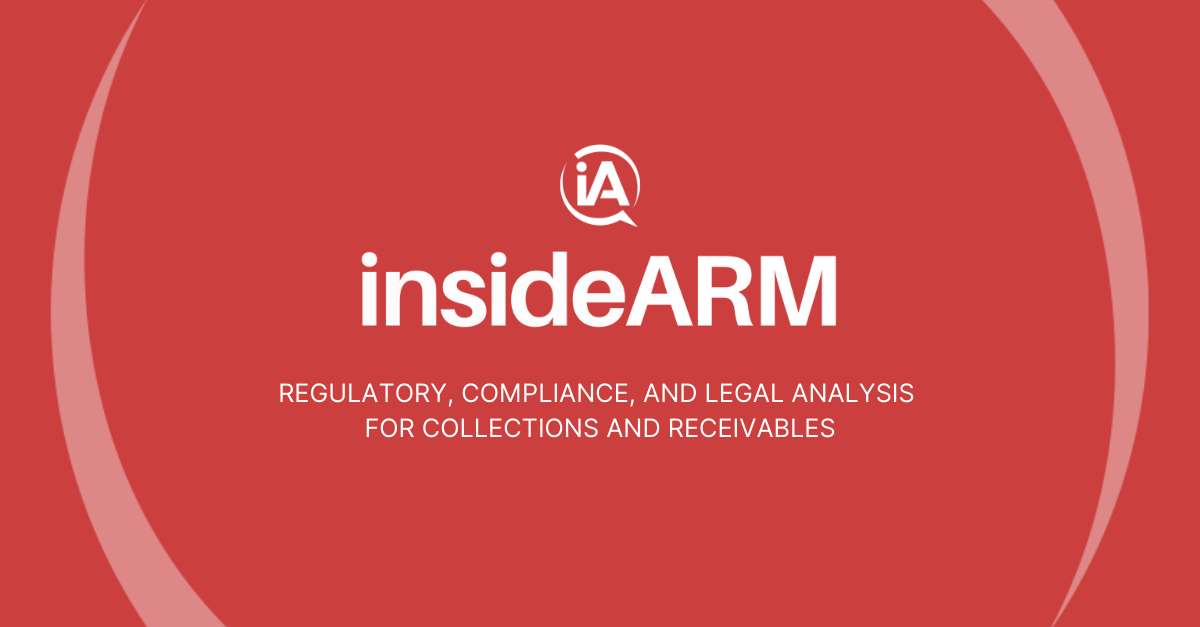![]()

Published on:
21 August 2023 at 11:00 a.m. ET
Content Contributor
insideARM
http://www.insidearm.com/news/00049321-what-account-person-a2p-messaging/
In today’s digital era, effective communication is crucial for debt collectors, looking to maximize their recovery rates. Account-to-Person (A2P) messaging has emerged as a game-changing tool in engaging with consumers and streamlining debt collection processes.
But what is A2P messaging? And how can your organization use it to boost collections?
Here are three key takeaways from TCN’s recent webinar, Open the Door to SMS for Debt Collection:
History of A2P Messaging
A2P SMS messaging enables companies to send messages to recipients who have provided clear consent to receive messages from a particular brand or sender. This technology has evolved over time, from the use of short codes in 2006 to the introduction of A2P toll-free numbers in 2013 and A2P local phone numbers in 2020. The implementation of an enforced registration framework and carrier surcharges in 2022 has further strengthened the legitimacy and effectiveness of A2P messaging while also allowing carriers to identify methods of abuse.
[article_ad]
Registration
To ensure compliance and monitor A2P messaging campaigns, companies are required to follow an approval and registration process. This process depends on the type of numbers a company uses (local numbers, toll free numbers, or short codes) but generally involves providing accurate and adequate information about the company/brand as well as the content of the messaging campaign. Registration issues can be tough to avoid so it is important to remember that all issues can be overcome. Stay flexible, understand where the request is coming from, take the shortest path to approval based on the feedback and, sometimes, dig in and fight.
Operational Implementation
Once registered, debt collectors can begin sending A2P messages, provided their networks are provisioned and comply with capacity regulations and campaign details. It is important to note that deviations from approved message content may lead to blocking. Companies must also abide by content restrictions, including avoiding subjects such as hate, alcohol, firearms, and, the somewhat vague, high risk financial services. Maintaining a good reputation with minimal complaints and opt-out percentages is also crucial, as carriers will always prioritize their customers’ satisfaction over message delivery. Avoiding regular complainers by utilizing “Litigator” and “Do-Not-Call” lists can help minimize the risk of carrier blocking.
Next Article: A Peek at the Disturbing Fine Print …
debt-collection new-rules regulations fdcpa compliance_1 collection-technology collection-strategy final-rule collection-laws-and-regulations cfpb
debt-collection compliance collection-strategy covid-19


Advertisement
Reduce Collection Call Costs with Voice AI: Compliant and Easy to Integrate
A New Kind of Collections Strategy: Empowering Lenders Amid a Shifting Economic Landscape
Open the Door to SMS Communication for Debt Collection
The State of Customer Outreach: Top Ten Findings for Collections
Case Central Dispute Management Demo
Seven “MUST-HAVE” Collection Software Capabilities for 2023
Charting the Course and Steering Toward Success: The Collections Industry in 2022
Upcoming
22 August 2023 at 02:00 p.m.
Upcoming
12 September 2023 at 02:00 p.m.
Upcoming
20 September 2023 at 02:00 p.m.
How to Connect with Today’s Digital Consumer
Customizable or Configurable? Find the Right Collections Solution for Your Business
How to Launch an Omnichannel Collection Strategy
Breaking Down the CFPB's Opinion on Convenience Fees
Overcoming Communication Barriers to Reach Your Accounts
How to Automate Legal Processes to Shrink Regulatory Risk & Increase Recoveries
The Vendor Management Masterclass III
News RSS Feed
Copyright insideARM LLC. All rights reserved.

